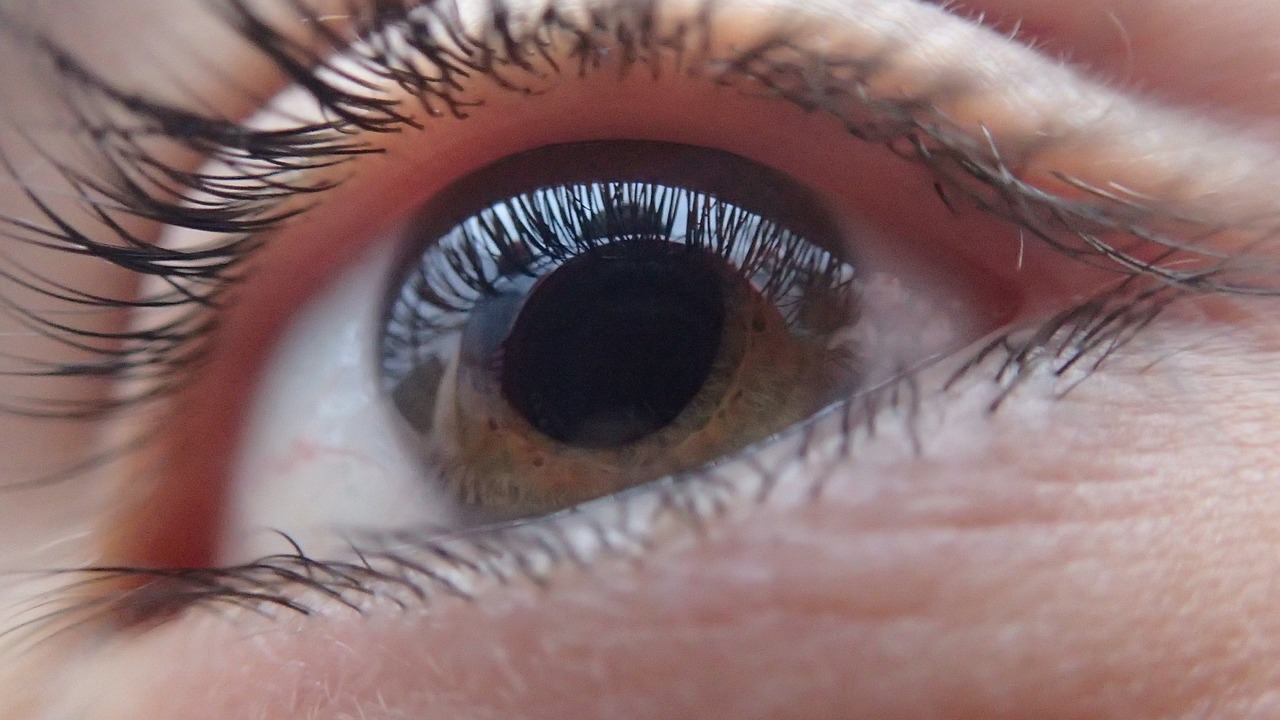You’ve heard us talk time and time again about how what we taste—or more specifically, what we eat—can affect our mental health. Taste isn’t the only sense that can affect our mental health; what we see, hear, and smell can also affect our mood.
What we see
Dutch researchers studied 72 participants as they paired colours with beauty and emotion. When asked which colour best matched the feeling of happiness, most adults picked either yellow (9) or green (11). White and blue were the only other colours picked for happiness, but they received only 1 and 3 votes, respectively.
If you’re looking for a way to boost your mood in an uninspiring environment, consider adding yellow or green to that room, through painting the walls, some artwork, furniture, or maybe an area rug.
What we hear
Japanese researchers and Swedish researchers discovered in two separate studies that listening to sounds from nature can improve our mental health. Participants in the Japanese study had to listen to 4 recorded sounds—ocean waves, birds by a stream, thunderstorms, and bird songs—for 10 minutes per song. They also were exposed to 5 minutes of silence. The nature sounds had a positive mental effect on study participants.
In the Swedish study, 40 university students each took 4 stressful arithmetic tests. One group of participants were exposed to nature sounds (water and birdsongs), and the other was exposed to traffic noises and ambient background sound. Unsurprisingly, stress recovery was much faster among those exposed to the much more pleasing song birds.
So, if you find yourself stressed out, perhaps open a window or go for a walk, so you can listen to the beautiful, pleasing songs of the birds in your area. If you live near a river or stream, consider making a visit to its bank to listen to the sound of it bubbling. Or consider a website like calm.com that allows you to listen to sounds of nature from your office or home.
What we smell
Each time we smell something, the smell enters through the nose to the olfactory bulb, then travels via the cranial nerve to the brain. The brain processes the smell and produces an appropriate response. Because the olfactory bulb is part of the limbic system—the area of the brain responsible for emotions—it’s easy for us to respond to each smell emotionally.
For example, if we encounter a foul smell, our brain may make us respond in disgust. If we encounter a pleasant smell, our brain may initiate a satisfying feeling.
With such a strong connection between smells and the brain, it’s no surprise that certain smells can affect our mood. Here are 5 examples of smells and the effect they have on how we feel.
- Lavender has a beneficial effect on insomnia and depression.
- Cinnamon improves cognitive function.
- Walking through pine forests lowers depression, anxiety, and stress levels.
- The smell of vanilla helps us feel joyful and relaxed
- The smell of jasmine increases alertness and reduces depression
If you find yourself feeling down, consider immersing yourself in some of these smells, perhaps with a drink of jasmine tea, walking through a pine forest, or making a lavender and cinnamon simmering pot. You might be surprised to find how much better you feel.

